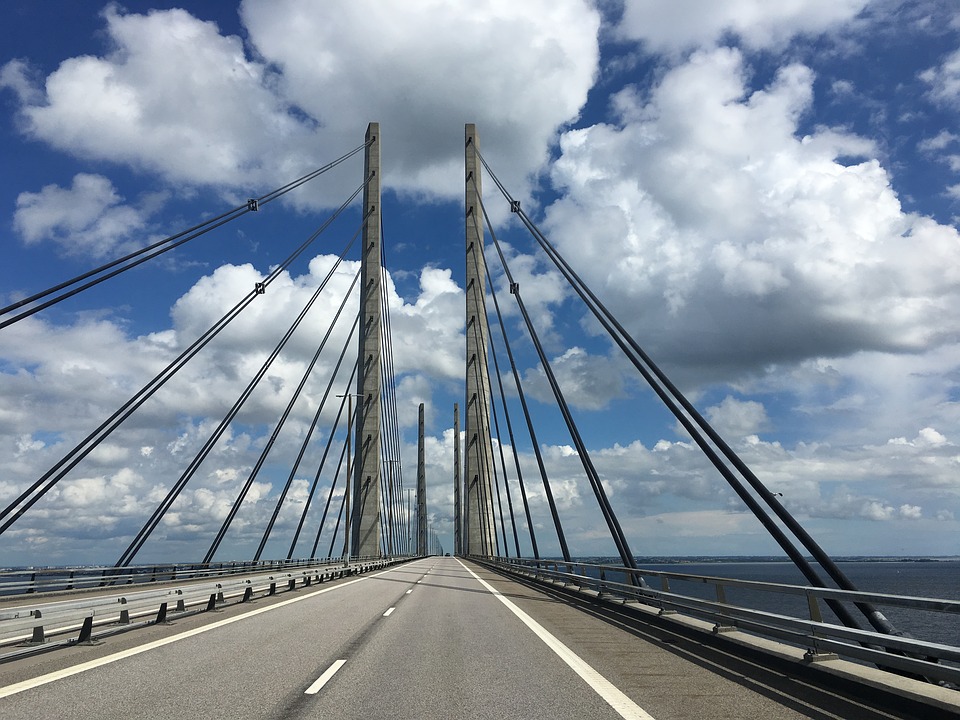The Center for Opportunity Urbanism’s (COU) new report on the nation’s infrastructure, “A Roadmap to Job-Creating Transportation Infrastructure: Doing the Right Things Right “ explores the best ways to address broad public concern about our flagging transportation infrastructure without increasing both the crushing national debt and federal deficit.
According to the author, COU Senior Fellow Wendell Cox, “The Trump Administration must propose approaches that go beyond business as usual, focusing federal resources on higher priorities. What is needed here is a bold departure from the policies of the past.”
Cox applauded the Trump Administration’s intention to “eliminate general fund support of the Highway Trust Fund, eliminate transit ‘new starts,’ eliminate funding for Amtrak long distance trains and seek increased private funding to replace and supplement federal resources, while streamlining regulations and permitting to reduce costs and speed up project delivery.”
“A Roadmap to Job-Creating Transportation Infrastructure: Doing the Right Things Right” offers additional recommendations as the Trump Administration finalizes its comprehensive infrastructure initiatives.
- Commit all federal highway user fees to highways. No funding should diverted to other programs. Although much maligned in many quarters, the highways carry nearly all passenger travel and access to jobs as well as much of the freight. It is important to reduce traffic congestion to facilitate greater economic growth and job creation.
- Expand existing private finance mechanisms. However, reforms are needed to ensure the limited funding is used for the highest priority projects. Evaluation criteria should be adopted, with traffic congestion relief, critical bridge replacement and highway system maintenance being the highest priorities. Express toll lanes, added to existing roadways, are among the most promising approaches because of their additional capacity and ability to reduce traffic congestion.
- Eliminate unnecessary subsidies. For example, as an Administration document puts it: “communities are served by an expansive aviation, interstate highway and interstate bus network.” In this environment, Amtrak subsidies should be entirely phased out. Subsidies to high-speed rail are similarly inappropriate.
“These recommendations suggest doing the right things by limiting federal support to genuine needs for programs for which there is no alternative, and doing them right by spending no more than necessary. The sooner the hard choices are made, the better for future generations,” Cox concluded.
SOURCE Center for Opportunity Urbanism




